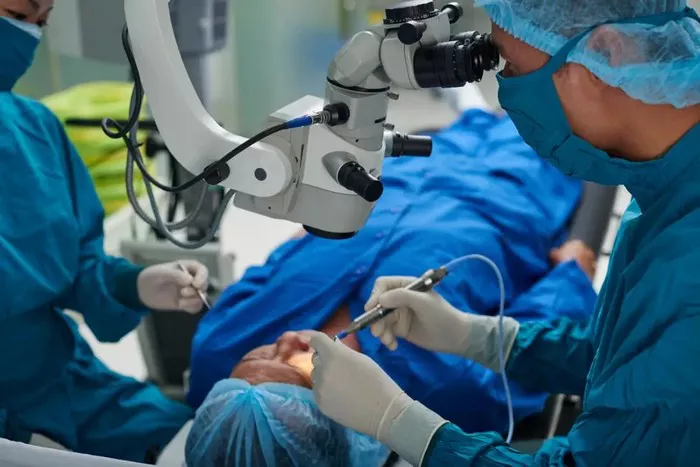Researchers at the University of Melbourne, addressing the global challenge of corneal blindness, have welcomed a substantial $35 million grant from the Australian Government Medical Research Future Fund (MRFF). The funding will support the development of a groundbreaking tissue-engineered cornea to combat disorders that damage and scar the transparent layer of the eyes, a leading cause of blindness worldwide.
The grant has been awarded to BIENCO, a consortium led by the University of Sydney, aiming to cure one of the most common causes of blindness by creating cost-effective, individually tailored, and superior corneas. Currently, donor corneas are available for only 1 in 70 patients globally, highlighting the urgent need for innovative solutions.
BIENCO, consisting of leading corneal bioengineers and medical experts from the University of Melbourne, University of Wollongong, Queensland University of Technology, The Centre for Eye Research (CERA), and NSW Health, is developing technology to provide corneal tissue globally, including countries lacking sufficient eye banks for safe transplantation.
University of Melbourne researchers, in collaboration with scientists and surgeons from the Centre for Eye Research Australia, will continue their crucial work in developing a bioengineered cornea implant that could significantly improve outcomes for up to 60% of current corneal transplants.
Professor Greg Qiao, a BIENCO Chief Investigator at the University of Melbourne, emphasized the potential global impact of the MRFF funding, stating, “The funding will allow us to continue our work in developing an endothelial transplant with the potential to produce multiple synthetic corneas using a single donor tissue.”
The Hygelix project, a collaboration with the Centre for Eye Research Australia and Eversight, funded by the Victorian Government, has already produced a purely synthetic and biodegradable hydrogel capable of supporting delicate corneal tissue for eye surgery. This advancement has improved the outcomes of cornea transplant surgeries for patients with corneal disease.
The ultimate goal of the research is to develop technology that can grow cells on the hydrogel, potentially producing up to 30 synthetic grafts from one donor tissue. This breakthrough could significantly alleviate the global shortage of donor corneas.
CERA’s Head of Corneal Research, Prof Mark Daniell, expressed optimism about the research revolutionizing corneal transplant surgery and eye banking worldwide, providing tissue-engineered donor corneas for all in need.
University of Melbourne Deputy Vice-Chancellor (Research) Professor Mark Cassidy applauded the collaboration of engineers and medical experts across Australia, emphasizing the critical impact of the research on a global scale.


